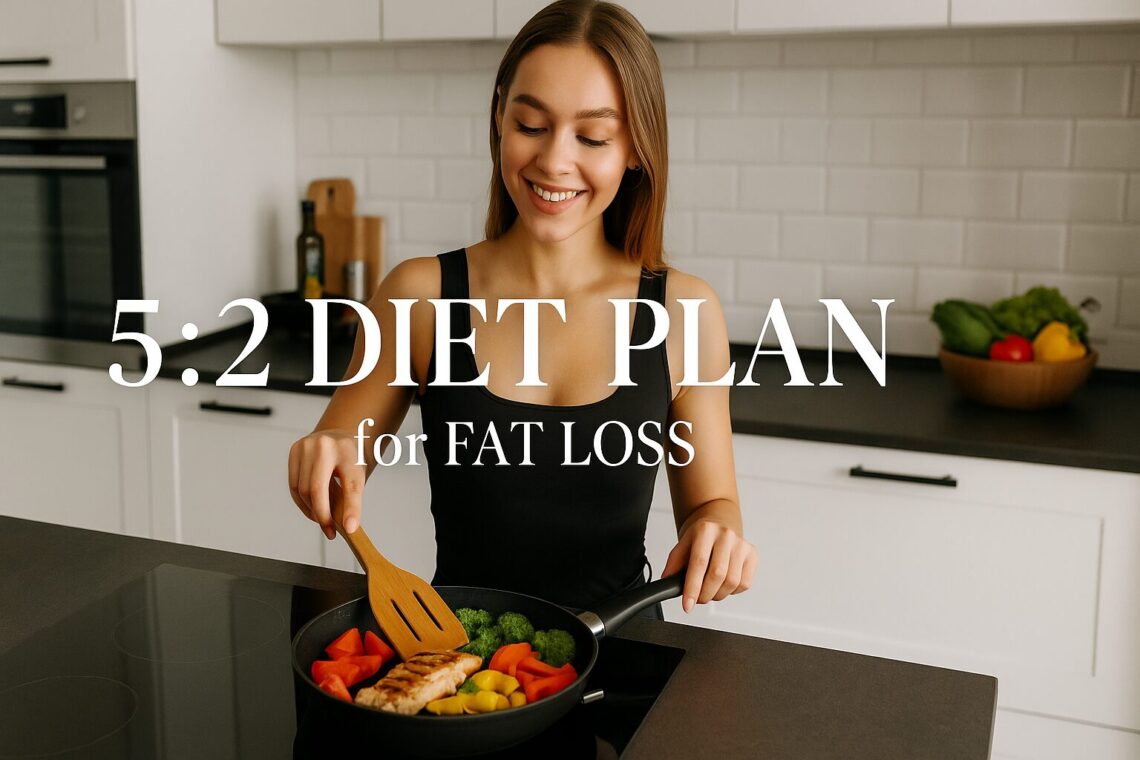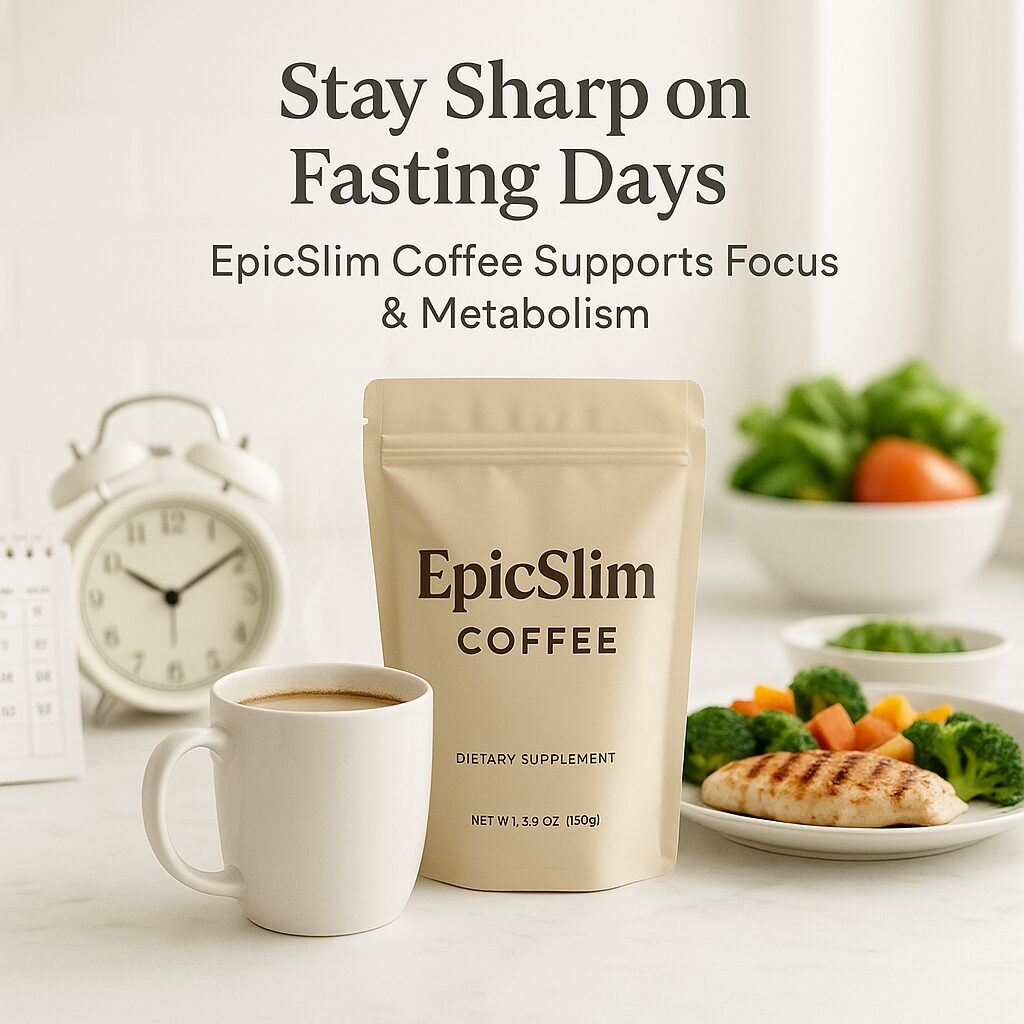
5:2 Diet Plan for Fat Loss
Ever feel like traditional diets are just a never-ending cycle of restrictions? Say goodbye to sad desk salads and hello to a smarter way to shed pounds. The intermittent fasting approach lets you eat normally most of the week while strategically cutting calories on specific days.
On fasting days, using the 5:2 Diet Plan for Fat Loss, you’ll stick to around 500-600 calories, which helps with weight loss without sacrificing muscle. The best part? You get to enjoy life’s little pleasures, like birthday cake on Friday, without derailing your progress.
This method isn’t just flexible—it’s sustainable. Studies show it’s easier to stick to compared to traditional diets. Ready to make a change that actually works? Let’s get started.
What is the 5:2 Diet Plan?
Looking for a diet that doesn’t feel like a diet? The 5:2 approach might be your answer. This method combines flexibility with strategy, allowing you to eat normally most of the week while cutting calories on just two days. It’s a form of intermittent fasting that’s easy to stick to and effective for weight management.
Understanding the Basics
On fasting days, women aim for around 500 calories, while men target 600. This is about 25% of your regular intake, which helps with calorie restriction without feeling deprived. The other five days? You eat normally, enjoying your favorite meals without guilt.
This approach isn’t about starvation. It’s about being mindful two days a week while keeping your metabolism active. Studies show it’s more sustainable than daily calorie cutting, making it a favorite for many.
How It Differs from Other Diets
Unlike strict plans like keto or paleo, the 5:2 diet doesn’t ban entire food groups. You can still enjoy carbs—just time them right. The key is spacing out fasting days, like Monday and Thursday, to avoid burnout.
- It’s not starvation—think “strategic eating.”
- You can still enjoy taco Tuesday or pizza night.
- Preserves metabolism with a 25% calorie target on fast days.
This method stands out because it’s flexible and fits into real life. For more tips on making it work, check out this guide from Cleveland Clinic.
How to Start the 5:2 Diet Plan
Ready to try a smarter way to manage your eating habits? This method is all about balance. You’ll eat normally most of the week while cutting calories on two specific days. It’s simple, flexible, and effective for those looking to lose weight without feeling deprived.

Setting Up Your Fasting Days
Start by choosing two days in the week for fasting. Experts recommend spacing them out, like Monday and Thursday, to avoid burnout. On these days, aim for around 500-600 calories. You can split this into three small meals or two larger ones—whatever works for you.
Pro tip: Use apps like MyFitnessPal to track your intake without the headache. And don’t fast back-to-back days—your coworkers (and your mood) will thank you.
Planning Your Non-Fasting Days
On the other five days, eat normally. But “normal” doesn’t mean all-you-can-eat buffets. Keep portions reasonable and focus on balanced meals. This approach helps you stay on track without feeling restricted.
Schedule your fasting days before busy workdays. Staying busy can distract you from hunger, making it easier to stick to your plan.
- Start slow: Begin with 900 calories, then gradually reduce to your target.
- Stay hydrated: Water is your best friend on fasting days.
- Listen to your body: If you’re feeling off, adjust your plan.
What to Eat on Fasting Days
Fasting days don’t have to be boring or bland—here’s how to make them delicious. The key is choosing low-calorie, nutrient-dense foods that keep you full and energized. With the right picks, you’ll breeze through these days without feeling deprived.
Low-Calorie, Nutrient-Dense Foods
Focus on foods that pack a punch without breaking the calorie bank. Skinless chicken breast is a great option, offering protein to keep you satisfied. Pair it with spinach or roasted veggies for a meal that’s both filling and flavorful.
Broth-based soups are another winner. They’re warm, comforting, and clock in at around 150 calories per bowl. And for coffee lovers, black coffee is a fasting-friendly way to stay alert and curb hunger.
- Build meals around 100g grilled chicken + 4 cups roasted veggies.
- Discover broth-based soups—150-calorie bowls that taste like comfort.
- Keep hard-boiled eggs handy for emergency snack moments.
Foods to Avoid
Not all foods are created equal on fasting days. Skip calorie-dense options like white rice and cooking oils. They’ll eat up your calories without keeping you full.
Also, ditch those “diet” snacks. Those 100-calorie packs might seem harmless, but they add up fast. Stick to whole, unprocessed foods for the best results.
For more tips on planning meals that work for you, check out this guide.
What to Eat on Non-Fasting Days
Non-fasting days are your chance to enjoy food without guilt. These days are all about balance—fueling your body with nutrient-dense meals while still savoring the flavors you love. Think of it as a time to nourish yourself and keep your energy levels high.

Balanced and Healthy Choices
Focus on meals that combine protein, whole grains, and plenty of veggies. A great example? Grilled salmon with quinoa and roasted broccoli. This combo keeps you full and supports your overall health.
Follow the 80/20 rule: 80% of your meals should be packed with nutrients, while 20% can be those fun foods you crave. This way, you’re eating smart without feeling restricted.
Meal Planning Tips
Meal prep is your secret weapon. Cook double portions on Sundays to save time during the week. Swap regular rice for cauliflower rice—it’s a smart move that saves calories without sacrificing taste.
Don’t shy away from healthy fats. Avocado is a great choice to keep you full between meals. And for those sweet cravings? Keep dark chocolate handy for a controlled indulgence.
- Plan meals around whole grains and lean proteins.
- Use Sundays to prep for the week ahead.
- Keep snacks like hard-boiled eggs or nuts on hand.
Benefits of the 5:2 Diet Plan
Want a diet that works without turning your life upside down? The 5:2 approach offers more than just weight loss—it’s packed with health benefits that make it worth trying. From shrinking waistlines to improving focus, this method has something for everyone.

Weight Loss and Management
Studies show this plan can help you lose 3-8% of your body weight in just 3-24 weeks. That’s not all—participants also saw a 4-7% reduction in belly fat. It’s a smart way to slim down without feeling deprived.
Here’s the kicker: fasting days can even sharpen your focus. Many people report feeling more alert and productive on these days. Plus, you’ll save money by skipping two days’ worth of meals each week.
Improved Metabolic Health
This plan isn’t just about looking good—it’s about feeling good too. A 16-week trial found it improves blood sugar control better than some medications. It’s also a powerful tool for managing diabetes, with a 2024 study showing enhanced insulin sensitivity.
Another bonus? It fights inflammation. Participants saw a 30% drop in CRP levels, a marker linked to chronic conditions. If you’re looking for a way to boost your overall health, this might be it.
- Shrink waistlines: Average 4-7% belly fat reduction in studies.
- Surprise benefit: Better focus reported on fasting days.
- Diabetes defense: Improved insulin sensitivity in recent trials.
- Inflammation fighter: CRP levels drop by 30% in participants.
- Bonus: Save money on 2 days’ worth of meals each week.
For more tips on healthy eating, check out our guide on the Mediterranean diet.
Potential Challenges and How to Overcome Them
Feeling a bit overwhelmed by the idea of fasting? You’re not alone. While this approach offers flexibility, it’s normal to face a few bumps along the way. Let’s break down the common hurdles and how to tackle them like a pro.

Dealing with Hunger and Fatigue
Hunger pangs and fatigue are the most common complaints, especially in the beginning. About 47% of people report lightheadedness during their first few fasting days. But don’t worry—there are ways to manage these symptoms effectively.
Electrolyte-enhanced water can be a game-changer. It helps replenish lost minerals and keeps you hydrated. Feeling the 3 PM slump? Try pickle juice—its sodium content can help stabilize your energy levels.
- Chew sugar-free gum to trick your brain into feeling full.
- Brush your teeth immediately after meals to signal the end of eating.
- Stay busy to distract yourself from hunger cues.
Avoiding Overeating on Non-Fasting Days
One of the biggest traps is overcompensating on non-fasting days. It’s tempting to “make up” for missed calories, but this can derail your progress. Instead, focus on portion control and mindful eating.
Use visual cues like smaller plates to help manage portions. Eating from salad plates instead of dinner plates can make a big difference. And remember, balance is key—enjoy your favorite foods, but keep them in moderation.
| Strategy | Fasting Days | Non-Fasting Days |
|---|---|---|
| Hydration | Electrolyte-enhanced water | Regular water intake |
| Snacks | Sugar-free gum | Nuts or hard-boiled eggs |
| Portion Control | Small, nutrient-dense meals | Use salad plates |
By planning ahead and staying mindful, you can navigate these challenges with ease. Remember, it’s about progress, not perfection.
Who Should Avoid the 5:2 Diet?
Not everyone’s body is ready for fasting—here’s who should think twice. While this method can be effective, it’s not suitable for all. Certain health conditions and life stages make it a risky choice. Let’s break it down so you can make an informed decision.

Health Conditions to Consider
If you have diabetes, especially type 1, fasting can mess with your blood sugar levels. Pregnant or nursing women should also avoid it—your body needs consistent fuel for you and your baby. Teens, too, should steer clear. Growing bodies require steady energy to develop properly.
For those with a history of eating disorders, this structure might trigger old habits. If you’re on medication, especially insulin, consult your doctor before starting. Fasting without supervision can lead to complications.
Consulting with a Healthcare Provider
When in doubt, talk to a professional. They can assess your body’s needs and recommend alternatives. For example, a gentler approach like 14:10 fasting might be a better fit. Always prioritize your health over quick fixes.
- Red flags: Dizziness lasting more than 2 fasting days.
- Teens beware—growing bodies need consistent fuel.
- Medication alert: Requires doctor supervision for insulin users.
- History of EDs? This structure might trigger old habits.
- When in doubt: Try 14:10 fasting first as a gentler alternative.
| Group | Risk | Recommendation |
|---|---|---|
| Pregnant Women | Nutrient deficiency | Avoid fasting |
| Type 1 Diabetics | Blood sugar instability | Consult a doctor |
| Teens | Growth disruption | Steady meals |
| History of EDs | Triggering old habits | Alternative methods |
For more details on who should avoid fasting, check out this guide from Healthline.
Making the 5:2 Diet Plan Work for You
Sticking to a new routine can feel tricky, but with the right strategies, it becomes second nature. Focus on non-scale victories like better sleep or more energy. These small wins keep you motivated and show progress beyond the numbers.
Team up with a friend for accountability. Try “Fast Fridays” together—it’s easier when you’re not alone. If you slip up, don’t stress. Just reset the next day and keep going. Rotate your fasting days monthly to keep things fresh and avoid boredom.
Remember why you started. Take monthly progress pics to see how far you’ve come. This intermittent fasting diet is a sustainable way to improve your health without feeling restricted. For more tips, check out this guide on intermittent fasting.
📚 References for 5:2 Diet Plan for Fat Loss
- Harvie, M. N., et al. (2011). The effects of intermittent or continuous energy restriction on weight loss and metabolic disease risk markers. Am J Clin Nutr, 94(2), 431–439.
- Varady, K. A., et al. (2013). Alternate day fasting for weight loss in normal weight and overweight subjects. Am J Clin Nutr, 98(2), 514–521.
- Anton, S. D., et al. (2018). Flipping the metabolic switch: Understanding and applying health benefits of fasting. Obesity, 26(2), 254–268.
- Trepanowski, J. F., et al. (2017). Effect of alternate-day fasting on weight loss, maintenance, and cardioprotection. JAMA Intern Med, 177(7), 930–938.
- Gabel, K., et al. (2018). Effects of 8-hour time restricted feeding on body weight and metabolic disease risk. Nutr Healthy Aging, 4(4), 345–353.
- de Cabo, R., & Mattson, M. P. (2019). Effects of intermittent fasting on health, aging, and disease. N Engl J Med, 381(26), 2541–2551.
- Wilkinson, M. J., et al. (2020). Ten-hour time-restricted eating improves weight, blood pressure, and lipids. Cell Metab, 31(1), 92–104.e5.
- Sutton, E. F., et al. (2018). Early time-restricted feeding improves insulin sensitivity, blood pressure, and oxidative stress. Cell Metab, 27(6), 1212–1221.e3.
- Cienfuegos, S., et al. (2020). Alternate-day fasting improves weight loss and cardiometabolic health. Cell Metab, 32(3), 329–341.e5.
- Mattson, M. P., et al. (2017). Impact of intermittent fasting on health and disease processes. Ageing Res Rev, 39, 46–58.
- Tinsley, G. M., & La Bounty, P. M. (2015). Effects of intermittent fasting on body composition and health markers. Nutr Rev, 73(10), 661–674.
- Hursel, R., & Westerterp-Plantenga, M. S. (2010). Thermogenic ingredients and body weight regulation. Int J Obes (Lond), 34(4), 659–669.
- Ludy, M. J., et al. (2012). Capsaicin and capsiate: Effects on energy balance. Chem Senses, 37(2), 103–121.
- Healthline. (2023). Is the 5:2 Diet Safe and Effective?




